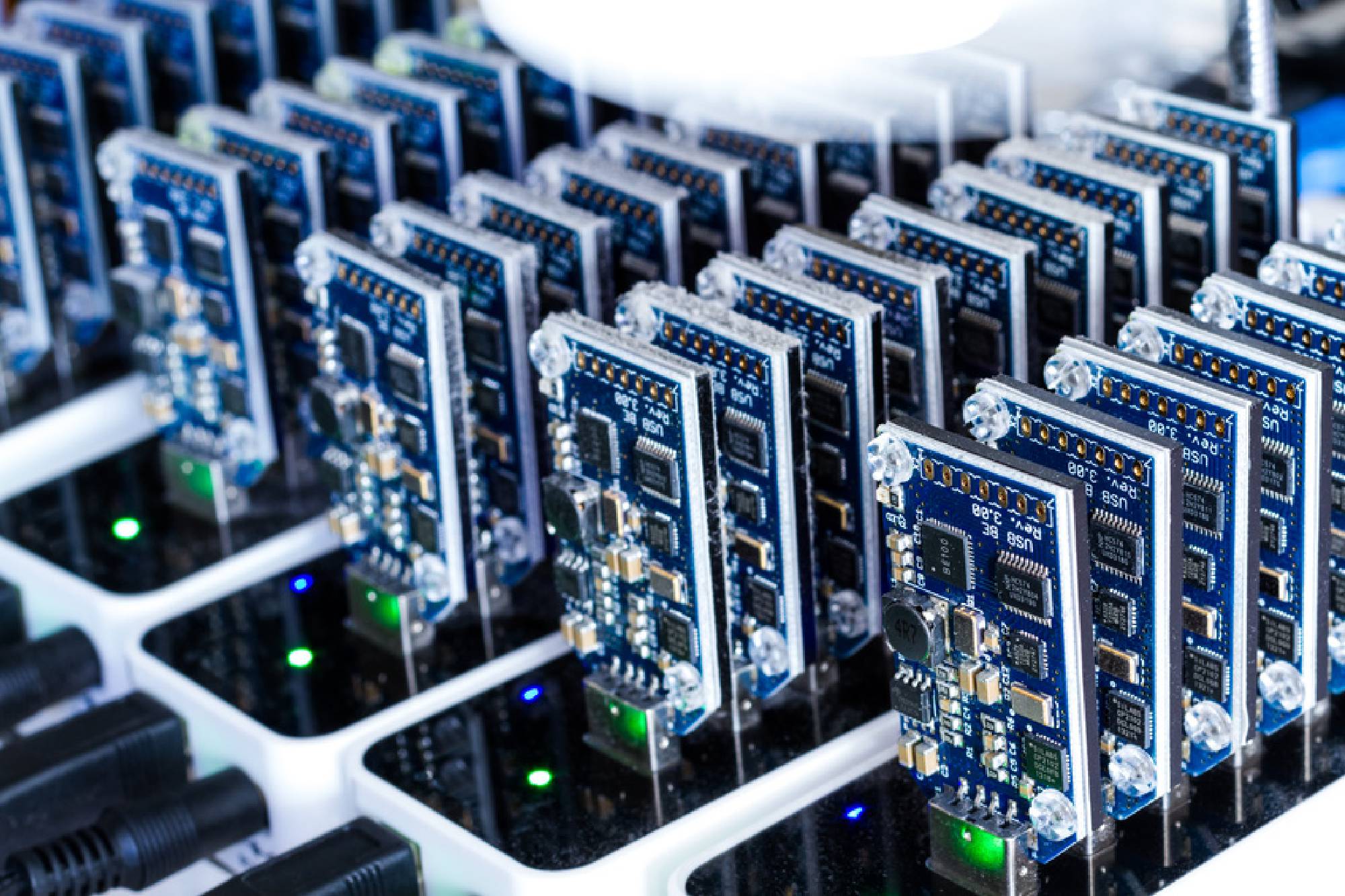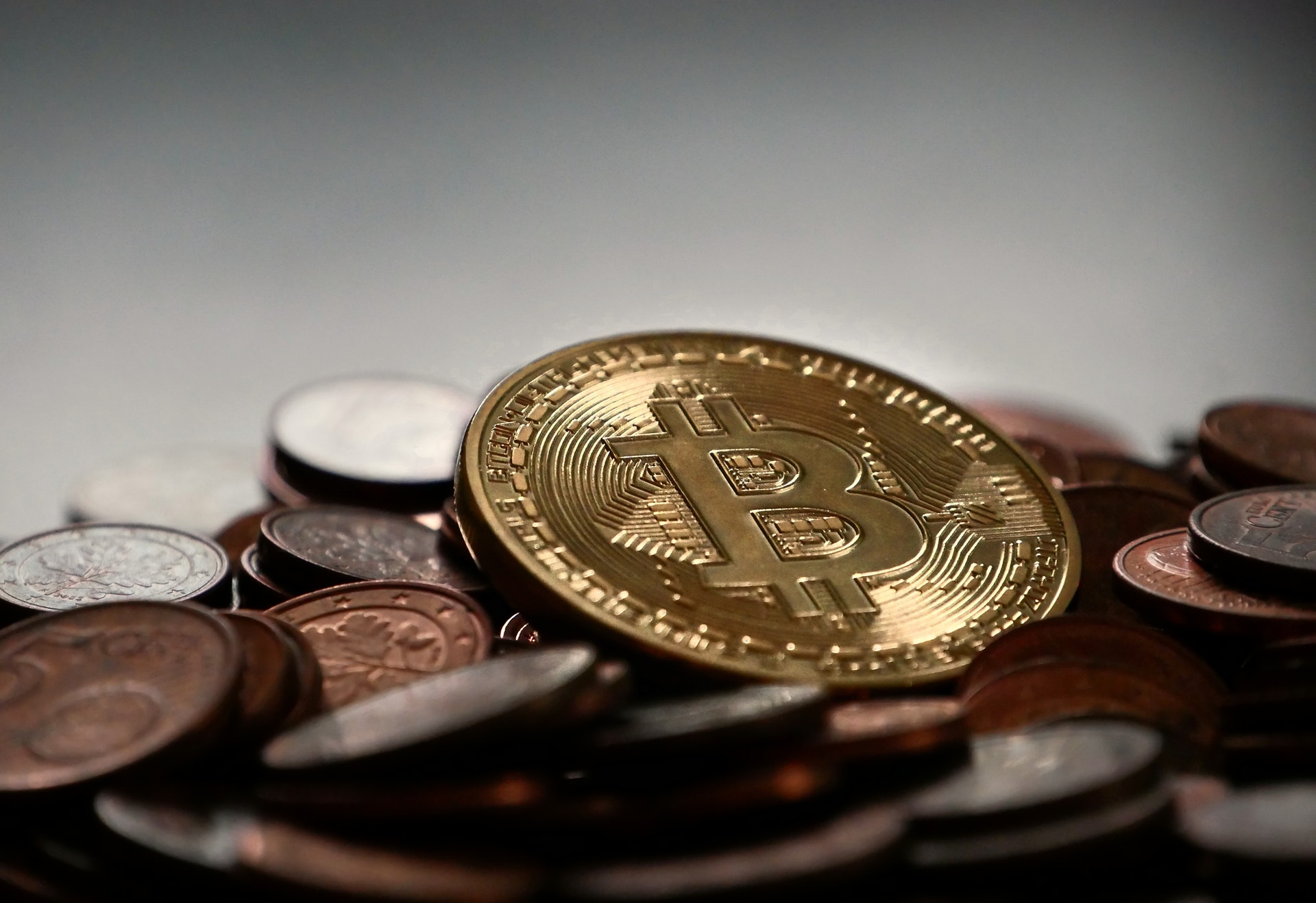

By PEAKLIFE
19-Jan-2018
The astonishing price-rise in Bitcoins over the past few years has fired the imagination of investors across the world. The rally has brought unimaginable wealth for many early holders of cryptocurrency, and the Governments to take notice of its existence!
The idea of cryptocurrencies has been around since 1998 when computer scientists like Wei Dai came up with the concept of ‘virtual money’ that would be free from the control of central authorities and would rely on computer encryption for transactions and creations. Bitcoin was the first implementation of this concept.
Bitcoin a cryptocurrency, a type of digital money uses digital encryption to secure transactions and regulate the creation of new units and is not controlled by central banks or governments. Bitcoin is peer to peer based on its value determined by simple demand-supply. Only 21 million Bitcoins can ever exist, out of which some 16 million are already in use currently and it can be purchased from individuals or online ‘exchanges’ against paper currency.
While this decentralization renders Bitcoin free from government manipulation or interference, the flipside is that there is no central authority to ensure that things run smoothly or to back the value of a Bitcoin. Bitcoins are created digitally through a “mining” process that requires powerful computers to solve complex algorithms and crunch numbers.
The Technology
 Bitcoin functions through a technology called Blockchain- a kind of open ledger that gets updated in real time. Each bitcoin transaction on the network can be traced on this Blockchain; a new block is effectively added every time a transaction is made. Each node in the network helps to maintain this record. Ever since its first rollback in 2009, every transaction is on record and anyone who joins the Bitcoin network can crosscheck the transactions and help maintain these blocks. There is no one central network management of this.
Bitcoin relies on what is known as elliptic curve cryptography, a form of encryption in which each digital signature has a public key and a private key.
How does it work?
Bitcoin functions through a technology called Blockchain- a kind of open ledger that gets updated in real time. Each bitcoin transaction on the network can be traced on this Blockchain; a new block is effectively added every time a transaction is made. Each node in the network helps to maintain this record. Ever since its first rollback in 2009, every transaction is on record and anyone who joins the Bitcoin network can crosscheck the transactions and help maintain these blocks. There is no one central network management of this.
Bitcoin relies on what is known as elliptic curve cryptography, a form of encryption in which each digital signature has a public key and a private key.
How does it work?
 Quoting the recent comment by Arun Jaitley, the Finance Minister of India: “A committee under the chairmanship of Secretary, Department of Economic Affairs, is deliberating over all issues related to cryptocurrencies,” and that “The Government does not consider cryptocurrencies to be legal tender.”
Zebpay, CoinDelta, CoinSecure, etc trade in Bitcoins, India does not specifically ban Bitcoin trading but has repeatedly warned the public against cryptocurrencies. The RBI has so far issued three press releases – on December 5, 2017, February 1, 2017, December 23, 2013- cautioning against “potential economic, financial, operational, legal customer protection and security related risks associated in dealing with virtual currencies.
Quoting the recent comment by Arun Jaitley, the Finance Minister of India: “A committee under the chairmanship of Secretary, Department of Economic Affairs, is deliberating over all issues related to cryptocurrencies,” and that “The Government does not consider cryptocurrencies to be legal tender.”
Zebpay, CoinDelta, CoinSecure, etc trade in Bitcoins, India does not specifically ban Bitcoin trading but has repeatedly warned the public against cryptocurrencies. The RBI has so far issued three press releases – on December 5, 2017, February 1, 2017, December 23, 2013- cautioning against “potential economic, financial, operational, legal customer protection and security related risks associated in dealing with virtual currencies.